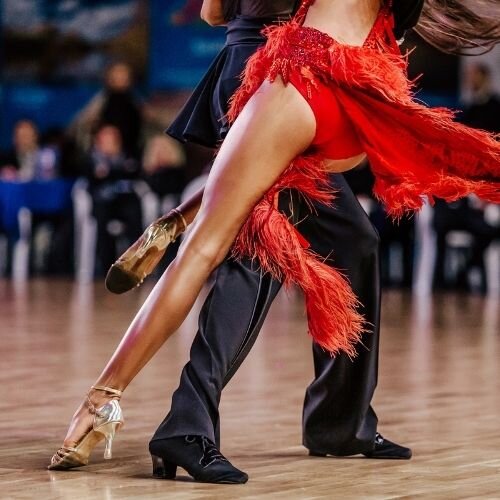Strictly speaking - foot and ankle dance injuries
Strictly Come Dancing may be one of the most loved UK TV shows, but for the stars taking part it can be a real pain.
Previous stars such as Laura Whitmore and Jamie Laing, have suffered painful foot and ankle injuries during their time on the show. These types of injuries are common in dancing, particularly for those who are new to it.
Here, we’ll look at some of the most common foot and ankle dance injuries.
Ankle Sprains
Ankle sprains are especially common in dancing. They occur when you twist, turn, or roll the ankle in an unnatural way. As dancing requires a lot of fast movements and turns, the risk of developing an ankle sprain can be high.
With a sprain, the ligaments of the ankle tear or stretch. The most common injury is an inversion sprain, where the ankle is forcibly inverted, damaging the lateral ligaments on the outside of the joint. Commonly referred to as ‘going over on’ the ankle - it can cause significant pain.
When a sprain occurs, you may hear a popping noise, or feel the tear. The area around the ligaments will swell and you may experience immediate pain or the pain may build several hours following the injury. There can be decreased range of motion, bruising, weakness, a feeling of instability at the joint, as well as loss of function.
Plantar Fasciitis
Causing pain in the heel of the foot, Plantar Fasciitis is a common dancing injury. It can develop gradually over time, without a specific injury having occurred and tends to worsen over time, with some people finding it difficult to walk due to the pain. Although most common in running athletes, dancers are also at risk of this common condition.
The thick tissue/fascial band that runs over the sole of the foot becomes painful due to an increase in loading through the plantar fascia, such as a change in someone's activity level. This ‘overload’ can lead to a sharp pain located on the bottom of the heel. This is typically most painful on the first few steps taken in the morning or following periods of inactivity, and typically increases in intensity as the day progresses.
Achilles Tendinopathy
Achilles Tendinopathy is usually caused by overuse or overload of the Achilles tendon. The tendon is situated at the back of the ankle, linking the calf to the heel bone. In dancers, injury typically occurs following repetitive activities involving the calf muscle such as prolonged dancing up on their toes, or jumping.
The condition, which can vary in severity, responds well to physiotherapy.
How physiotherapy can help
Each of the injuries above can be treated with physiotherapy. If you are a dancer, you can also use physiotherapy to help reduce the risk of developing such ankle and foot injuries.
In terms of prevention, physiotherapy helps by strengthening the muscles and tendons, reducing the likelihood of injury. If an injury has already occurred, physiotherapy can improve the strength, movement and stability in the foot, while also reducing pain and swelling.
If you have suffered a foot or ankle injury through dancing, book a consultation with our friendly team of Foot and Ankle physiotherapy specialists. After assessing the injury, a customised treatment plan will be created to help get you fully recovered and back on the dancefloor.


